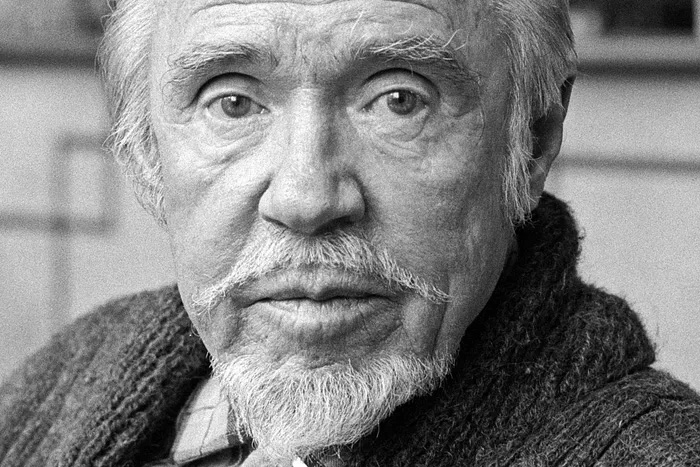SONATINA FOR PIANO
Conlon Nancarrow
(b. Texarkana, AR, October 27, 1912; d. Mexico City, August 10, 1997)
transcribed for piano, four-hands by Yvar Mikhashoff
Composed 1941; 5 minutes
 Like Glenn Gould, American expatriate composer Conlon Nancarrow quickly grew frustrated with live concert performance. For four decades, Nancarrow composed exclusively for player piano, bypassing the performer altogether in some 50 Studies for Player Piano. These, he laboriously punched by hand onto rolls of paper and reproduced on an Ampico player-piano whose hammers he modified with leather and steel tacks for greater visceral immediacy. Seven minutes of music could take 18 months to punch. Total mechanical control gave Nancarrow the ability to explore parallel accelerating and decelerating speeds of melody, for example, and some of the most far-reaching rhythmic explorations
Like Glenn Gould, American expatriate composer Conlon Nancarrow quickly grew frustrated with live concert performance. For four decades, Nancarrow composed exclusively for player piano, bypassing the performer altogether in some 50 Studies for Player Piano. These, he laboriously punched by hand onto rolls of paper and reproduced on an Ampico player-piano whose hammers he modified with leather and steel tacks for greater visceral immediacy. Seven minutes of music could take 18 months to punch. Total mechanical control gave Nancarrow the ability to explore parallel accelerating and decelerating speeds of melody, for example, and some of the most far-reaching rhythmic explorations
ever conceived.
Nancarrow’s 15 or so pieces for live performance were written either before 1948 or after 1983, when growing fame, reflected in a MacArthur “Genius Grant,” brought the first commissions to a composer from Mexico City, now in his 70s. The Sonatina is among the last of the early works and, because of its immense speed, was all but unplayable by a single pianist, so it became the first composition to be punched onto a player piano roll. Pianist Yvar Mikhashoff later transcribed the work for piano, four-hands with the composer’s approval. In the opening movement, elements of jazz and strongly rhythmic contrapuntal writing around a four-beat motive meet one another. The middle movement explores a bluesy theme, while the finale marries brilliant multi-voiced canonic writing with the flavor of the piano rag.
